
ПОСОБИЕ_English_for_economists_посл
..PDF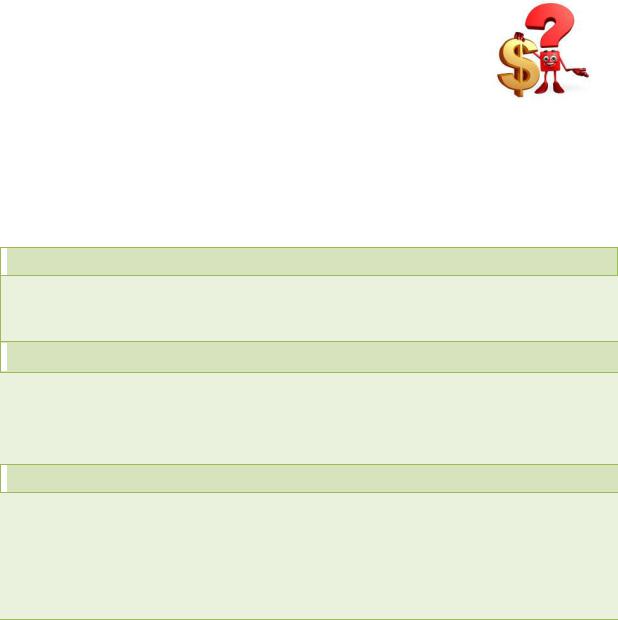
5.A supply schedule shows quantities supplied at one prices during various periods of time.
6.A supply curve shows the relationships between price and quantity of buyers willing to buy a good or service.
5.Answer the following questions.
1.What is the Latin term for ―a higher price‖?
2.What are the key-factors that determine the quantity of a good or service sellers are willing to offer for sale?
3.What variables affect production cost?
4.How does a number of sellers affect the quantity of a good that will be offered for sale?
5.Define the quantity supplied of a good or service.
6.How does a higher price affect market and sellers?
7.What is the law of supply?
8.Does an increase in price always result in an increase in quantity supplied?
9.What do a supply schedule and supply curve show?
6.Read the sentence pairs. Choose where the words best fit in the blanks.
 1. Economic / economical
1. Economic / economical
The government‘s ______ policy helped to increase the annual GDP.
It is usually ______ to buy washing powder in large quantities.
 2. Save / economize
2. Save / economize
Some people try to ______ on heating, tap water and light as these facilities are rather expensive.
Jane seldom visited cafes because she was _____ for a new car.
 3. Wage / pay / salary
3. Wage / pay / salary
My mother is a doctor, and her sister is a teacher, – unfortunately, their ______ is not very high.
This guy works in a concrete producing factory and each week he gets his _______ . Her job is hard work, but the _____ is good.
41
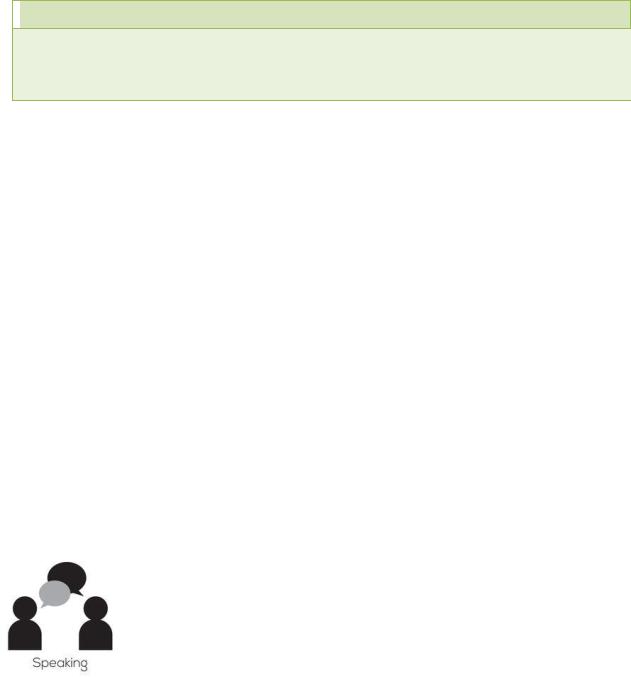
 4. Profitable / successful
4. Profitable / successful
The play was very ______ on Broadway.
He runs a highly ______ business.
7. Study, translate into Russian the following economic terms and match them with their
definitions.
Word |
Definition |
|
|
1. debt |
a. the money that you make in business or by selling things, especially |
|
after paying the costs involved. |
|
|
2. demand |
b. a product or service that is brought into one country from another. |
|
|
3. supply |
c. the money that a person, a region, a country, etc. earns from work, |
|
from investing money, from business, etc. |
|
|
4. profit |
d. the selling and transporting of goods to another country. |
|
|
5. equilibrium |
e. a sum of money that somebody owes. |
|
|
6. income |
f. an amount of smth. that is provided or available to be used. |
|
|
7. import |
g. a state of balance, especially between opposing forces or influences. |
|
|
8. export |
h. the desire or need of customers for goods or services which they |
|
want to buy or use. |
|
|
8. Read and find Russian equivalents to the following English proverbs and sayings. Express your thoughts on these topics and explain the meaning of them.
All covet, all lose.
To angle with a silver hook.
An ass loaded with gold climbs to the top of the castle.
A bargain is a bargain.
Better be born lucky than rich.
Better be envied than pitied.
42
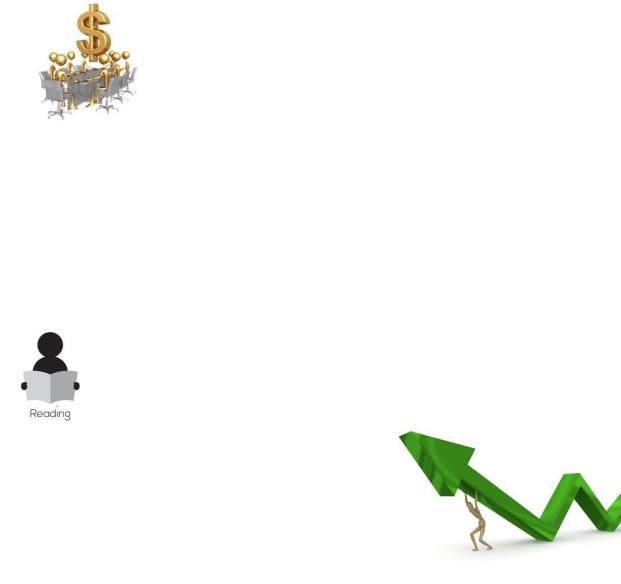
Text 3C
1.Before you start.
What factors can cause changes in supply?
What goods and services are in demand in your region?
2.Read the words and learn them by heart. Make up your own
sentences with them.
1.To assume – принимать (характер, форму), предполагать, допускать
2.Fertilizer – удобрение, минеральное удобрение
3.Previous – предыдущий, прежний
4.Yield – урожай, плоды, урожайность
5. Supply curve – кривая предложения
3. Read the text 3C, translate it and compare your ideas in ex.1 with the facts.
Changes in Supply
When we draw a supply curve, we assume that other variables that affect the willingness of sellers to supply a good or service are unchanged. It follows that a change in any of those variables will cause a change in supply, which is a shift in the supply curve. A change that increases the quantity of a good or service supplied at each price shifts the supply curve to the right.
Suppose, for example, that the price of fertilizer falls. That
will reduce the cost of producing coffee and thus increase the quantity of coffee producers will offer for sale at each price. The supply schedule in Figure 3.3 "An Increase in Supply" shows an increase in the quantity of coffee supplied at each price. We show that increase graphically as a shift in the supply curve from S1 to S2. We see that the quantity supplied at each price increases by 10 million pounds of coffee per month. At point A on the original supply curve S1, for example, 25 million pounds of coffee per month are supplied at a price of $6 per pound. After the increase in supply, 35 million pounds per month are supplied at the same price (point A′ on curve S2).
43
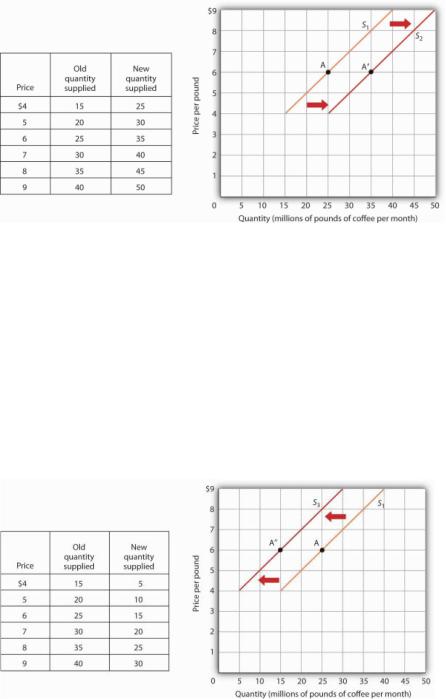
Figure 3.3 An Increase in Supply
If there is a change in supply that increases the quantity supplied at each price, as is the case in the supply schedule here, the supply curve shifts to the right. At a price of $6 per pound, for example,
the quantity supplied rises from the previous level of 25 million pounds per month on supply curve S1(point A) to 35 million pounds per month on supply curve S2 (point A′).
An event that reduces the quantity supplied at each price shifts the supply curve to the left. An increase in production costs and excessive rain that reduces the yields from coffee plants are examples of events that might reduce supply. Figure 3.4 "A Reduction in Supply" shows a reduction in the supply of coffee. We see in the supply schedule that the quantity of coffee supplied falls by 10 million pounds of coffee per month at each price. The supply curve thus shifts from S1 to S3.
Figure 3.4 A Reduction in Supply
A change in supply that reduces the quantity supplied at each price shifts the supply curve to the left. At a price of $6 per pound, for example, the original quantity supplied was 25 million pounds of coffee per
month (point A). With a new supply curve S3, the quantity supplied at that price falls to 15 million pounds of coffee per month (point A″).
A variable that can change the quantity of a good or service supplied at each price is called a supply shifter. Supply shifters include (1) prices of factors of production, (2) returns from alternative activities, (3) technology, (4) seller expectations, (5) natural events, and (6) the
44

number of sellers. When these other variables change, the all-other-things-unchanged conditions
behind the original supply curve no longer hold.
(Source: Principles of Microeconomics; http://www.saylor.org)
4.Say if the sentences concerning Text 3C are true or false.
1.A change that increases the quantity of a good or service supplied at each price shifts the supply curve to the left.
2.If the price of fertilizer falls, that will increase the quantity of coffee supplied.
3.An increase in production costs and excessive rain might reduce supply of coffee.
4.A change in supply that reduces the quantity supplied at each price shifts the supply curve to the right.
5.A variable that can change the quantity of a good or service supplied at each price is called a demand shifter.
5.Answer the following questions.
1.How does the increase in the quantity of a good or service influence the supply curve?
2.How can the fall in the price of fertilizer influence the supply of coffee?
3.Using figure 3.3 ―An Increase in Supply‖, explain the shift of the supply curve.
4.What natural and unnatural reasons can reduce supply?
5.What is a supply shifter?
6.What do supply shifters include?
6. Read and translate into Russian the following word-combinations. Pay attention to the way some words change their meaning depending on the word-combination they are used in.
a) Active demand, aggregate demand, alternate demand, anticipated demand, competitive demand, considerable demand, consumer demand, consumer‘s demand, decreasing (declining, diminishing) demand, expected demand, heavy demand, product demand;
b) aggregate supply, assured supplies, ample supplies, competitive supply, composite supply, contractual supplies, critical supplies, currency supply, deficient supply, direct supplies, excess supply, factory supplies, food supply, guaranteed supplies, large supplies, low supply, market supply, to offer supply, to arrange for a supply;
45
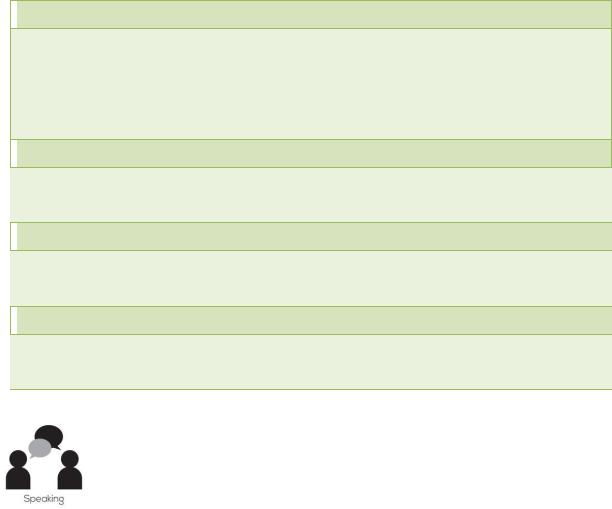
c) Bear market, bull market, bid market, black market, bootleg market, buyers‘ market, commodity market, competitive market, dead (dull) market, effective market, enduring market, expanding market, fund market, goods market, home (inland) market, housing market, job (labour) market, mass market, primary mortgage market, property market, real estate market, retail market, wholesale market, sophisticated market, steady market, world market;
d) at the market, in the market, on the market, to black the market, to bring on (to) the market, to branch out into a new market, to come into the market, to congest a market, to conquer a market, to meet with a ready market, to play the market.
7. Read the sentence pairs. Choose where the words best fit in the blanks.
 1. Actual / current / present
1. Actual / current / present
Due to the difficult economic situation in the country, the factory cannot continue its
______ level of production.
The president always demands ______ figures to make up optimal decision. He has been working for 5 years already in his ______ job.
 2. Bill / invoice
2. Bill / invoice
This month we have got a huge electricity ______ .
Our partners sent us the ______ for $250.
 3. Expensive / overpriced
3. Expensive / overpriced
This restaurant is too ______ for me, let‘s go to another one.
Some designer clothes are ridiculously ______ .
 4. Money / cash
4. Money / cash
How would you like to pay: in ______ or by a credit card?
How much ______ is there in my account?
8. Read and find Russian equivalents to the following English proverbs and sayings about money. Express your thoughts on these topics and explain the meaning of them.
Money begets money. Money is a good servant but a bad master. Money spent on the brain is never spent in vain.
Money has no smell.
Money often unmakes the men who make it. Money is the root of evil as often as the root of it (H. Filding).
46
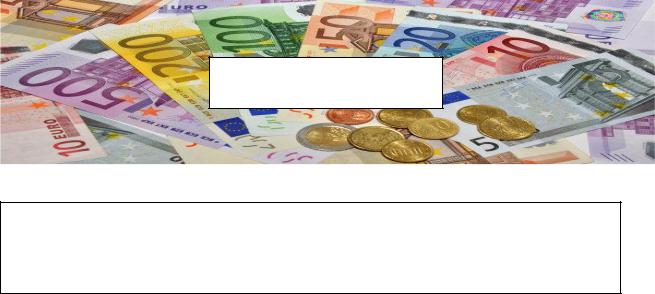
FINAL TASKS
1. Fill in the gaps using the words below:
Implementation, tax, income, profit, demand, supplies, entrepreneur, shifts, previous, expands.
1. Our vocabulary ______ through reading. 2. ______ is a businessman who has his own company and tries to gain profit from his activities. 3. ______ of new technologies helped to optimize manufacturing. 4. Peak ______ for chocolate and sweets usually takes place during
New Year‘s Eve and the 8th of March. 5. Tourism is a major source of ______ for this country. 6. The action of the story ______ from London to Paris. 7. After the company has paid all costs and tax it gets net ______. 8. No ______ experience is necessary for this job. 9. People pay ______
to the state according to their income. 10. ______ of food are almost exhausted.
2.Translate the following sentences into English.
1.Производство автомобилей снизилось на 20% по сравнению с прошлым годом. 2.
Предприниматели, также как и госслужащие, должны платить налоги. 3. Компания расширила свой бизнес, открыв три новых магазина в соседних районах. 4. Внедрение новых компьютерных программ упростило работу бухгалтеров. 5. Новая модель I-phone
очень популярна и пользуется спросом. 6. Спрогнозировать спрос на некоторые товары достаточно сложно. 7. Из-за недостаточного (low) снабжения газа, люди зимой могут остаться без тепла. 8. Большие торговые центры получают хороший доход от продажи товаров и услуг. 9. Он попытался свалить вину на своих коллег. 10. Компания получила хорошую прибыль от сделки.
47

3.Fill in the gaps with necessary prepositions.
1.All the year she was saving up _____ a summer trip to Brazil. 2. Don‘t economize
_____ your health, it‘s the most valuable thing you have. 3. Annual increase _____ prices was
not unexpected. 4. Decrease _____ population has become an urgent problem _____ this country. 5. This shop offers a wide range _____ products. 6. Income tax _____ individuals should be paid by everyone and _____ time. 7. Ford company succeeded _____ conveyor car production. 8. Some merchants buy fruit _____ gross and then sell it _____ retail. 9. A ban
_____ the export _____ some goods can ruin a country‘s economy. 10. Imports _____ salmon has decreased this year. 11. Demand and supply should be _____ equilibrium. 12. These goods are packed _____ export.
4. Think of the situations where you can use the following idioms.
To be head over ears in debt, to be in low water, to play one‘s cards well, all for nothing, to burn one‘s fingers, to burst like a bubble, to come down in the world, to come back to earth, to put smth. to good account, to be as rich as Croesus, to remove the scales from smb.‘s eyes, to rest on one‘s oars, a million to one, money for jam, monkey business, money from home, to move heaven and earth.
5.1. Speaking. Discuss with your groupmates, how demand and supply for various goods and services can vary and change according to different situations:
Geographical location;
Change of the season;
Various holidays;
Political situation;
Economic situation.
Suggest your own criteria that can influence demand and supply.
5.2. Make a presentation. Describe some peculiarities of demand and supply for various goods and services in different countries.
48
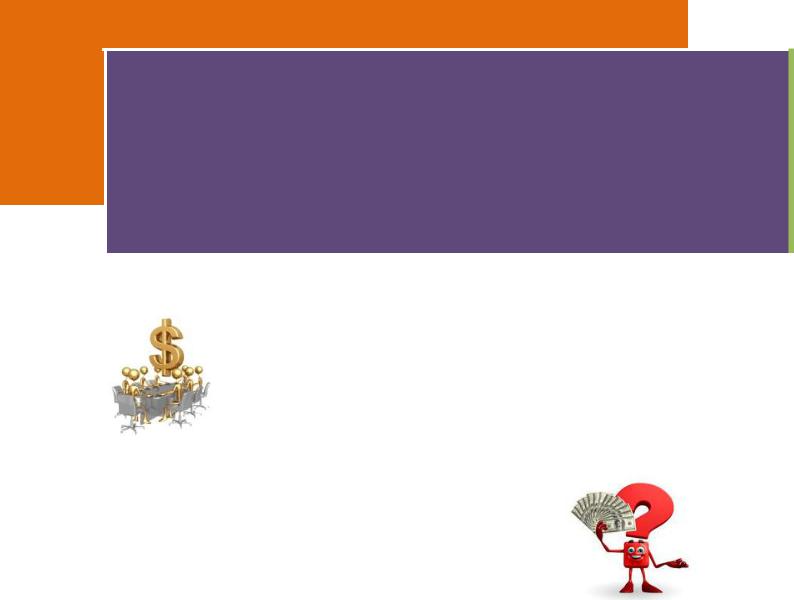
Unit 4.
Real Estate
Text 4A
1.Before you start.
How do you understand the term real estate?
What objects can be referred to real estate?
2.Read the words and learn them by heart. Make up your own sentences with them.
1.Real estate – недвижимость, недвижимое имущество
2.Property – собственность, имущество
3.Immovable – недвижимый
4.To vest – переходить во владение, вкладывать капитал
5.Housing – жилищные условия, обеспеченность жильем
6.Residential – жилой, населѐнный
7.Dwelling – жилище, жильѐ, жилой дом
8.Housing tenure – владение квартирой
9.Owner – собственник, владелец
10.Occupancy – владение, размещение, аренда
11.Tenancy – владение на правах аренды, арендование, наѐм помещения
12.Condominium – совладение, кооперативный жилой дом
13.To Parcel – делить имущество, разделить на части, дробить
14.Public housing – социальное жилье, общественное жилье, государственное жилье
15.Squatting – самовольное занятие земельного участка, самозахват
16.Cohousing – совместное проживание (проектировка нескольких домов или квартир таким образом, чтобы они имели общее пространство для каких-л. совместных действий, напр., общую кухню, столовую, детскую и т. п.)
17.Household – хозяйство, домохозяйство
49
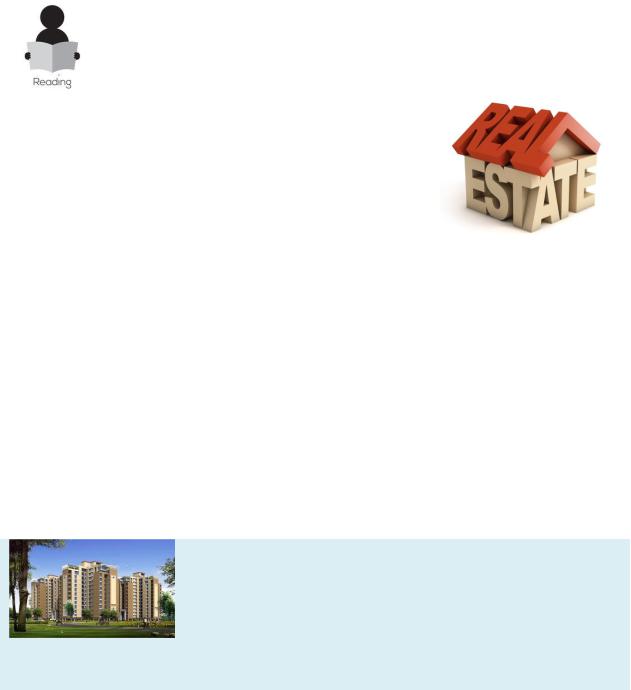
18.Entity – целостный объект, сущность
19.To lease out – передать в аренду, сдать в аренду
20.Attached / multi-unit dwellings – многоквартирные дома
21.Intervening space – промежуточное пространство
22.Semi-detached house – сблокированный двухквартирный дом, особняк из двух квартир, имеющих общую стену
23.Detached – индивидуальный жилой дом, дом на одну семью
3. Read the text 4A, translate it and compare your ideas in ex.1 with the
facts.
Real estate
Real estate is property consisting of land and the buildings on it, along with its natural resources such as crops, minerals, or water; immovable property of this nature; an interest vested in this; also an item of real property; more generally, it is buildings or housing in general.
Residential real estate. The legal arrangement for the right to occupy a dwelling in some countries is known as
the housing tenure. Types of housing tenure include owner occupancy, tenancy, housing cooperative, condominiums (individually parceled properties in a single building), public housing, squatting, and cohousing. The occupants of a residence constitute a household.
Residences can be classified by, if, and how they are connected to neighboring residences and land. Different types of housing tenure can be used for the same physical type. For example, connected residents might be owned by a single entity and leased out, or owned separately with an agreement covering the relationship between units and common areas and concerns.
Major categories in North America and Europe
Attached / multi-unit dwellings
Apartment – an individual unit in a multi-unit building. The boundaries of the apartment are generally defined by a perimeter of locked or lockable doors. It can often be seen in multi-storied apartment buildings.
https://encrypted-tbn0.gstatic.com
50
